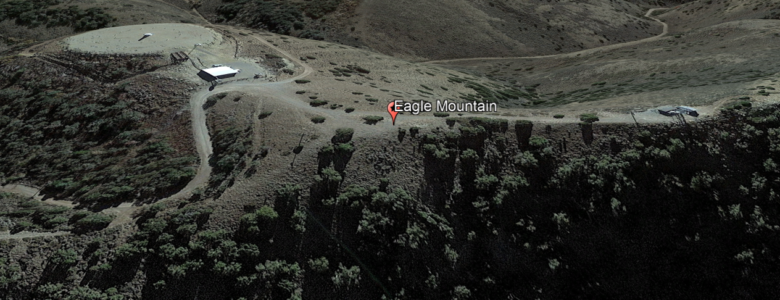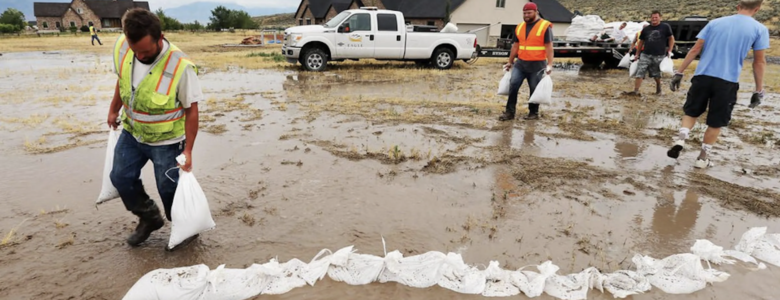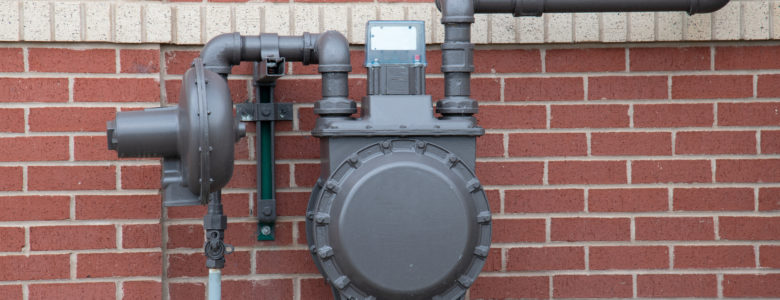Since Eagle Mountain City’s founding in 1996, residents and visitors alike have mistakenly assumed a nearby mountain bears the same name. That assumption is no longer a mistake.
In cooperation with the United States Geological Survey and the Utah Committee on Geographic Names, Eagle Mountain City worked for two years to locate a point within The Lake Mountains for re-designation.
“By naming a summit as ‘Eagle Mountain,’ we now can have that mountain everyone expects while also making a statement about the importance of our natural environment to our community,” says Eagle Mountain City Economic Development Director Evan Berrett, who was tasked with formalizing the change.
The designation does not replace the name of The Lake Mountains, but instead labels a summit within the mountain range.
Requirements for renaming were in place such as agreement and approval by units of government. The highest point within The Lake Mountains could not be renamed as a result. Eagle Mountain City selected a summit only 10-feet lower to comply with USGS standards.
Views and accessibility were considered a top priority by the City when selecting a location.
“The area is a good place to see the Cedar Valley,” says Berrett. “The summit has an area suitable for potential future benches or other similar amenities for visitors.”
Eagle Mountain City has taken on major projects in recent years in the realm of conservation and wildlife management.
Among those initiatives was the approval and implementation of the Mule Deer Migration Corridor, which protects the seasonal migration routes of the area’s mule deer population.
Eagle Mountain City also hired the only City-level wildlife biologist in the state of Utah. This position assists the City’s Planning department in working with developers to conserve natural habitat.
The wildlife biologist also works with advocates in the Cedar Valley to consider the needs of wildlife as part of any new business or housing developments.
Other initiatives such as native vegetation plantings and petroglyph preservation are part of Eagle Mountain City’s broader plans for conservation.
“Eagle Mountain’s identity is now more closely linked with The Lake Mountains,” says Berrett. “Our attachment to these beautiful views assists the City when making decisions that will keep these areas preserved for future generations.”
Accessing “Eagle Mountain” should be done sparingly by residents, according to Berrett. Sensitive communications equipment is located near the summit and its protection is considered key to the long-term success of the site.
Those looking to access this point should be aware that it is a difficult trek. It is accessible by vehicle, but a vehicle with 4×4 capabilities is strongly encouraged.
The new “Eagle Mountain” summit site should not be used for camping or camp fires to help preserve the area.
“This is a proud moment for Eagle Mountain,” says Berrett. “Having an ‘Eagle Mountain’ all residents can see should instill value that these geographic features are permanently linked to the community.”











